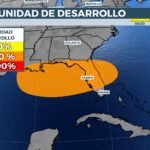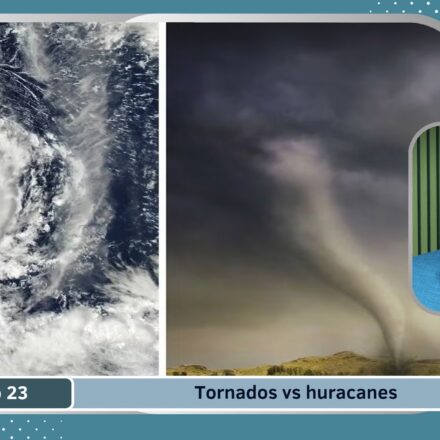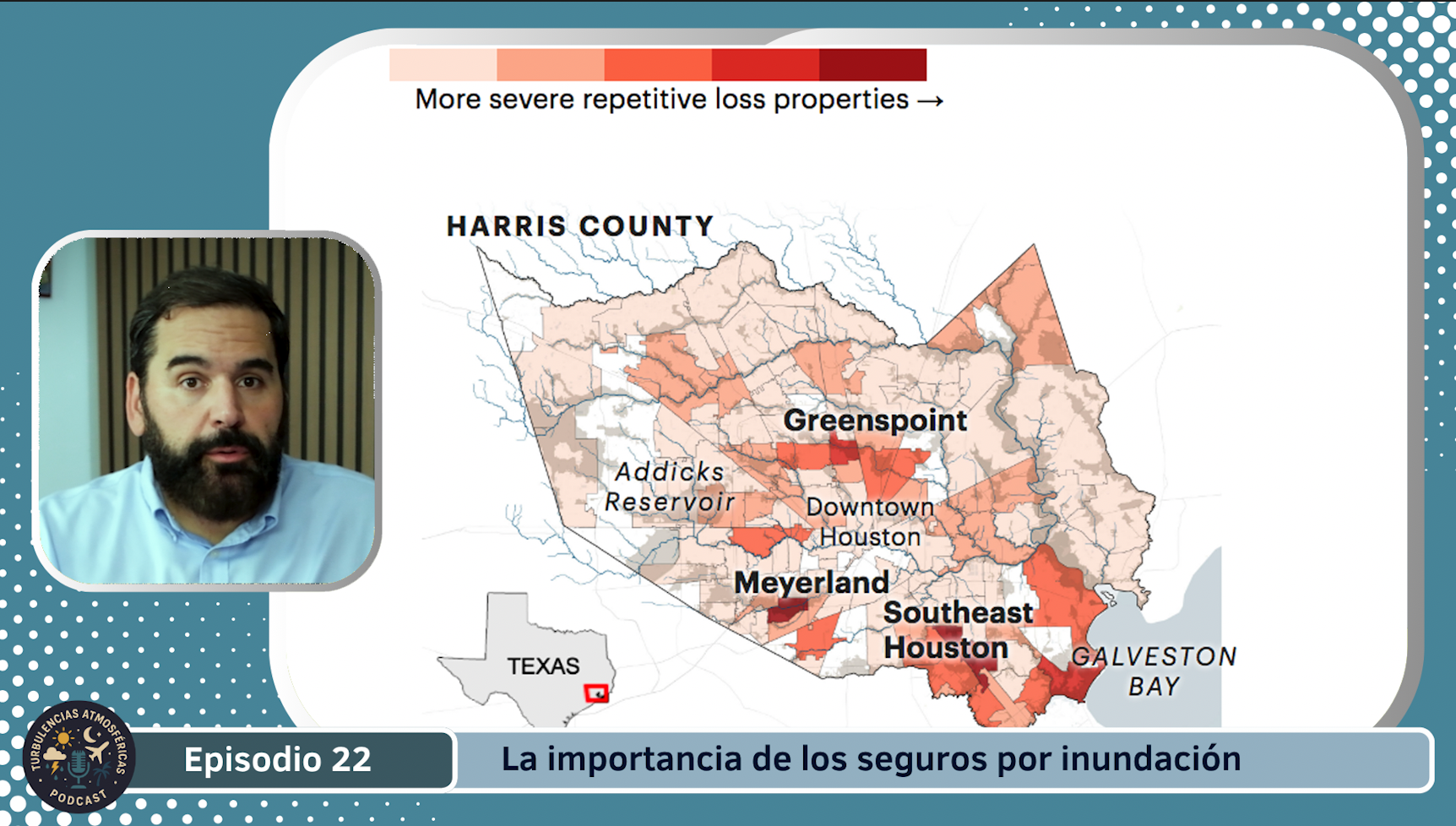
Chapter 07 - Sahara dust can destroy hurricanes
All about hurricane season
Have you ever boarded an airplane and suddenly it shakes so much that you can't let go of the armrest? This is how it starts Atmospheric Turbulencethe new Canal Meteo podcast hosted by meteorologist and geographer Albert MartinezThe program, which invites us to discover the best kept secrets of meteorology, with a special focus on hurricanes.
Important points
In this episode:
- 02:00 Meet Milmar Ramirez
- 03:30 How does dust from the Sahara reach America?
- 06:30 The importance of trade winds
- 08:30 Sandstorms
- 13:20 Rain in the desert
- 15:00 The origin of the Sahara with Kamila Daza
- 18:00 How to verstir in the desert
- 22:30 Food in Arabia
- 25:00 Puerto Rico is prepared for a new hurricane
The Sahara Desert
Every summer, a giant cloud of particles travels from Africa to America. Even if we don't see it, we feel it: in our throats, in the sky, in the atmosphere. It is the Sahara dustThe air mass, an extremely dry air mass loaded with tiny mineral grains, can slow down the development of tropical storms... and at the same time cause respiratory problems, orange sunsets and hazy skies.
In this episode of Atmospheric Turbulencethe meteorologist Albert Martinez talks with a Puerto Rican meteorologist currently working in Saudi Arabiato connect two distant worlds affected by similar phenomena: the Caribbean and the Persian Gulf. What they share - besides extreme heat and climatic vulnerability - is the impact of Saharan dust on their respective atmospheric systems.
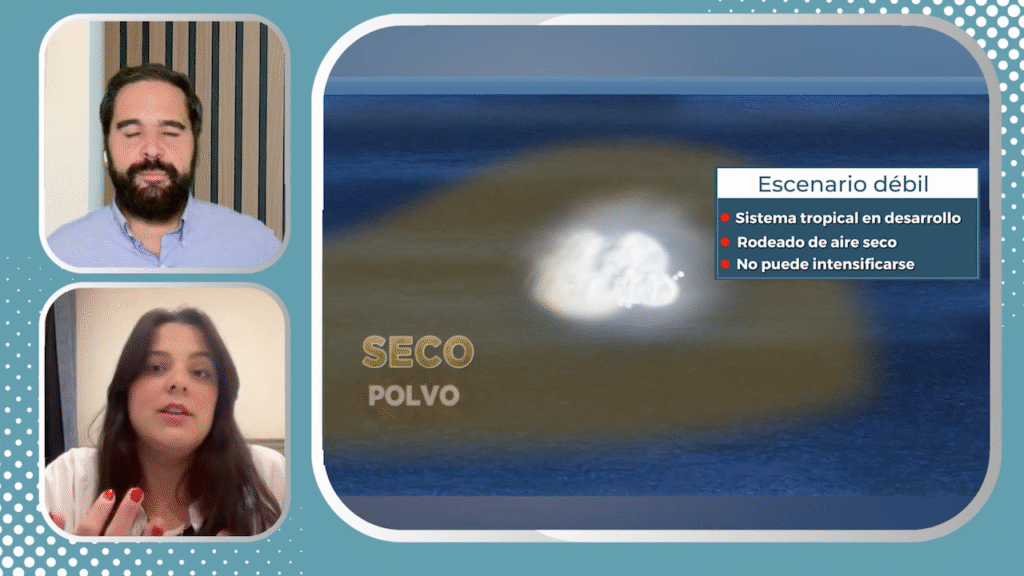
The journey of dust: from the desert to your window
Each year, more than 100 million tons of dust rise from the Sahara and cross the Atlantic Ocean thanks to the trade winds. This phenomenon, known as Saharan Air Layer (SAL)usually peaks between June and Augustand plays a key role in the formation -or weakening- of hurricanes Why? Because it introduces dry, stable air, inhibiting the vertical development of storms. It's like taking away a cyclone's fuel just as it's trying to get going.
However, this air can also be hazardous to health. The PM10 and PM2.5 particles it carries are so fine that they can penetrate the lungs and aggravate respiratory diseases. In addition, visibility is reduced and landscapes take on a characteristic ochre hue.
Between hurricanes and sweltering heat: this is how extreme weather is experienced
The conversation in the podcast also gives us an insight into the daily life in the regions with temperatures above 110 °F (43 °C) for much of the summer. In Saudi Arabia, for example, dust storms can paralyze airports and cover entire cities in a matter of hours. Days are so hot that many activities take place only at night. Life adapts to the desertwith light clothing, spicy foods such as Mandi (rice with lamb), strategic naps and buildings designed to reflect solar radiation.
In contrast, Puerto Rico and the Caribbean face a different risk: tropical cyclones. Although dust from the Sahara may help us have fewer intense hurricanes, it is no guarantee. Dust is only one of the variables in the climate puzzle.A persistent system with favorable conditions is sufficient for a hurricane to develop, as was the case with Fiona in 2022.
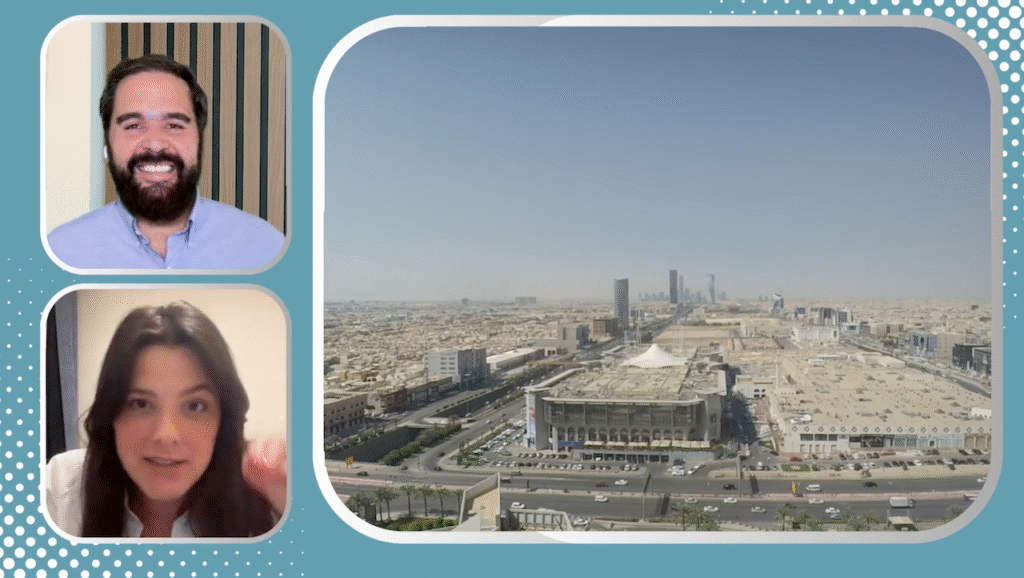
A bridge between science, culture and history
The episode also includes a trip to the past by the hand of Kamila Dazawho tells us that the Sahara was not always a desert. Some 6,000 years ago, this region was a fertile savannah, with rivers, lakes, abundant vegetation and even human populations. Changes in the tilt of the earth's axis and monsoon patterns completely transformed the landscape into what is known as the "Green Sahara". Could it become green again in the future? Science is still investigating, but this example serves as a reminder that the planet's climate is dynamicand that big changes are not just part of the past.

🎧 First audio episode now available at buzzsprout.
Follow us on social networks: @AlbertElTiempo | @CanalMeteo


